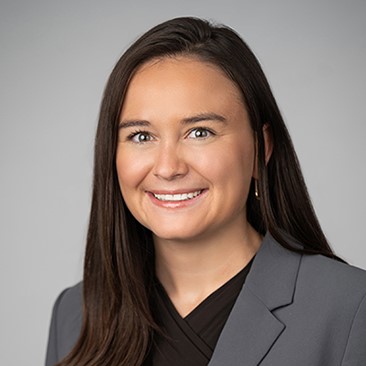The SEC Staff recently decided requests for no-action relief submitted by 12 public companies seeking to exclude from their proxy statement nearly identical SEC Rule 14a-8 shareholder proposals requesting an increase (from 20 to 50) in the number of shareholders that may aggregate to satisfy the 3%/3-year ownership threshold for proxy access. The Staff granted relief to seven companies indicating that their “policies, practices and procedures compare favorably” with the proposal, but denied relief to five others (see below for links to the decisions). Four similar requests remain pending.
While a path to exclude proposals to increase the aggregation limit now exists, the substantive differences are not readily apparent between those companies receiving relief and those that were denied. Future requests for no-action relief and perhaps for reconsideration may shed more light on the Staff’s criteria for exclusion of such proposals.
Each of these 12 proposals was submitted by John Chevedden, each resolution was in most cases identical, and each cited the 2014 study by the Council of Institutional Investors (CII) which asserted that the 20 largest public pension funds together could not meet the 3%/3-year threshold at most companies that were studied.
The requests for relief argued that the proposal had been “substantially implemented” under Rule 14a-8(i)(10). The requests differed primarily in the data presented in order to deny the relevance of the CII study to their own company. All 12 requests presented data on the distribution of ownership among their shareholders, arguing that there were “innumerable” ways for a group of 20 shareholders to reach the 3% ownership threshold, and that a higher aggregation cap would not meaningfully improve shareholder access. One line of statistical argument pointed out that a shareholder seeking access would only need to attract two or three of the company’s many large shareholders. Another argument highlighted the numerous ways in which the threshold could be reached, citing the large number of shareholders from which combinations of any 20 shareholders could reach the 3% threshold (e.g., a company had 90 shareholders, each owning at least 0.15%). A few companies also presented data to argue that raising the cap to 50 would not meaningfully expand the pool of potential shareholders from which a group owning 3% could be formed.
Comparing the no-action requests that were granted and those were denied does not clearly reveal the essential criteria for relief. However, to the extent the requests can be differentiated, all of those granted relief provided data on large institutional shareholders in addition to stockholders generally, and appear to have provided a more comprehensive analysis of the distribution of ownership.
Proposals to increase the aggregation cap may only be the first wave of single-issue fix-it proposals. It is possible that a next wave may emerge, targeting a different feature of proxy access by-laws, such as the number of board seats available, restrictions on re-nomination, and/or other limitations and exclusions.
*Companies granted relief were: Dun & Bradstreet, Eastman Chemical, General Dynamics, NextEra Energy, PPG Industries, Reliance Steel & Aluminum, and United Continental. Companies denied relief were: Citigroup, FiServ, Flowserve, Target, and UnitedHealth Group.
See our earlier writing on proxy access fix-it proposals and no-action requests here and here.













